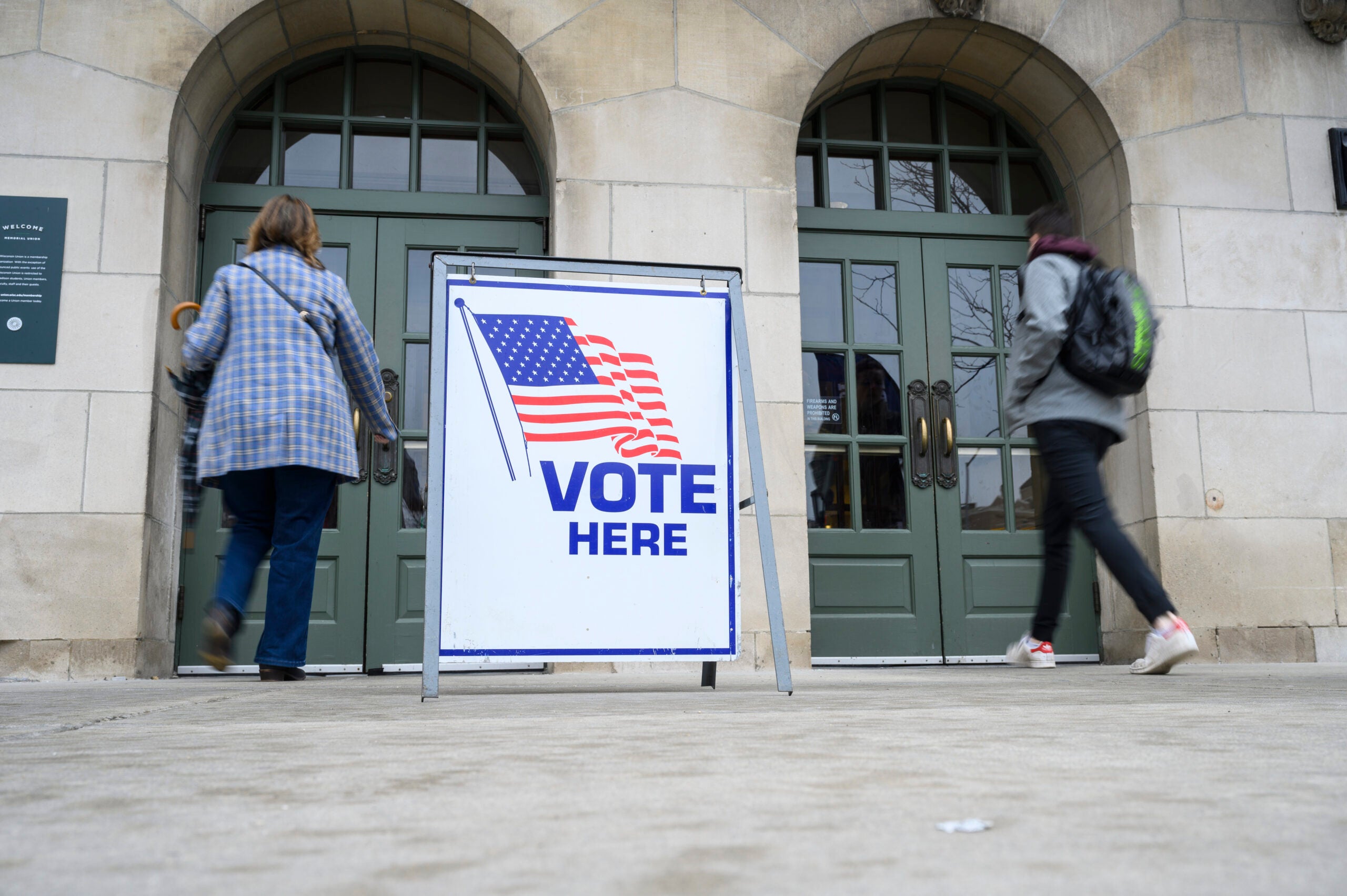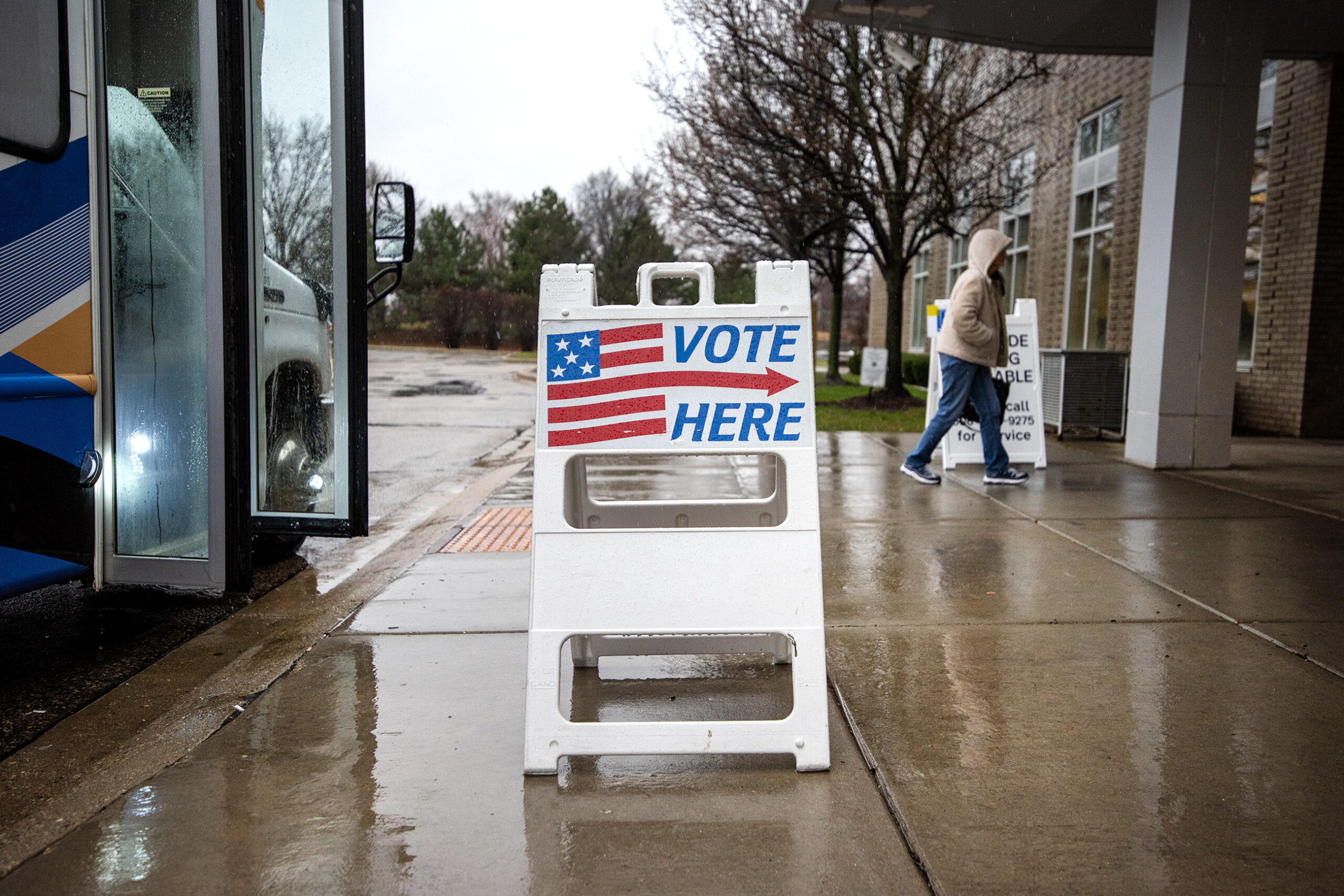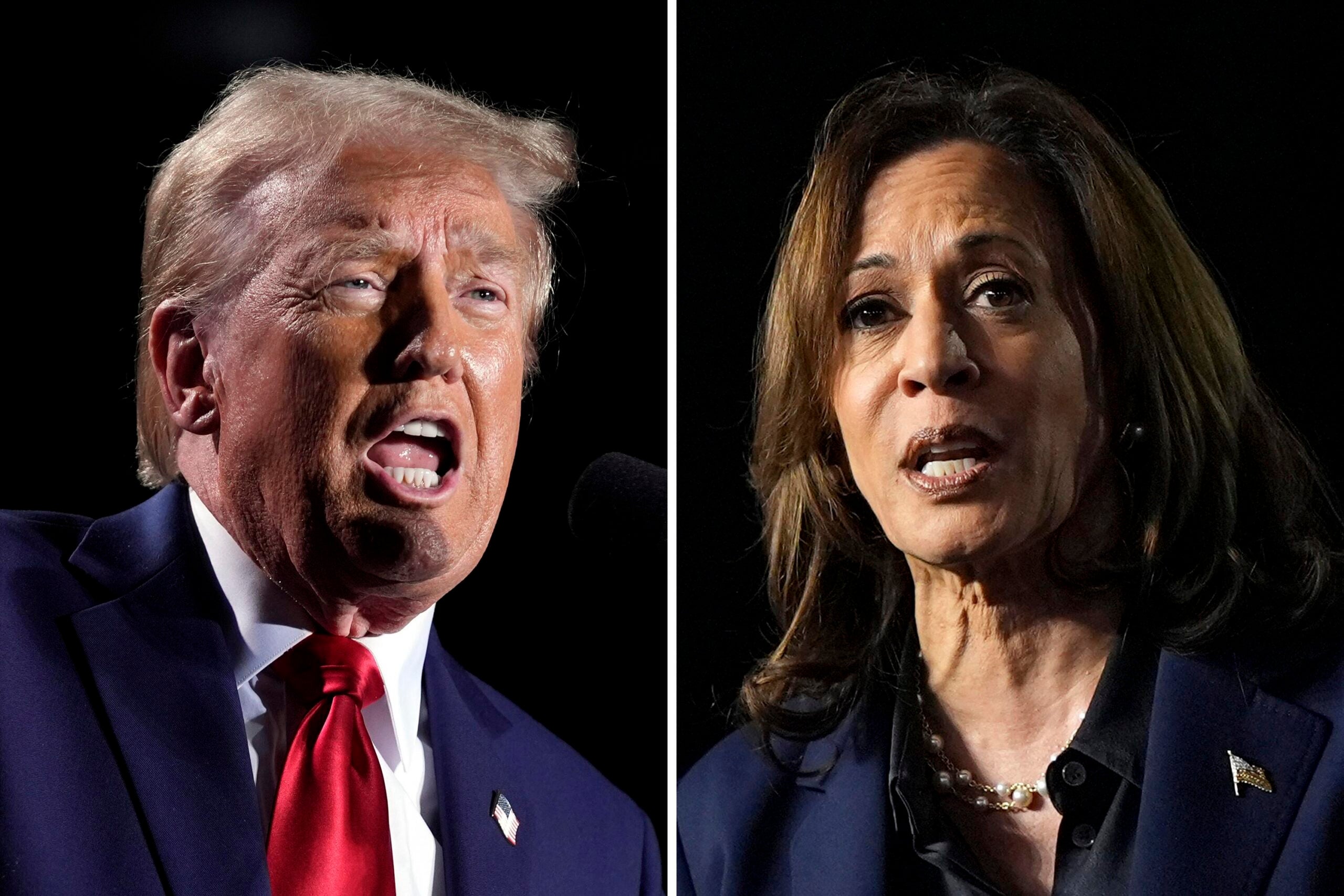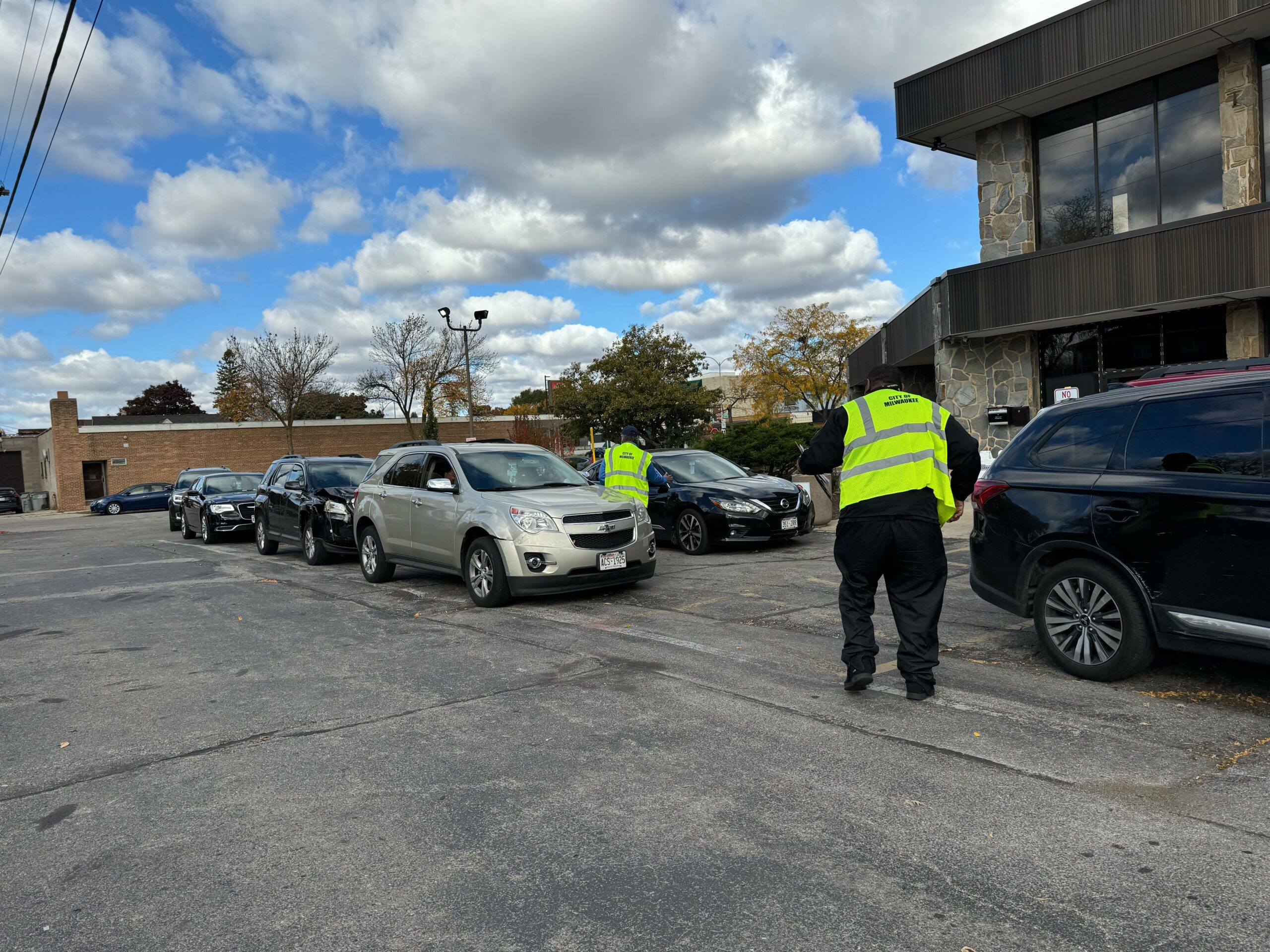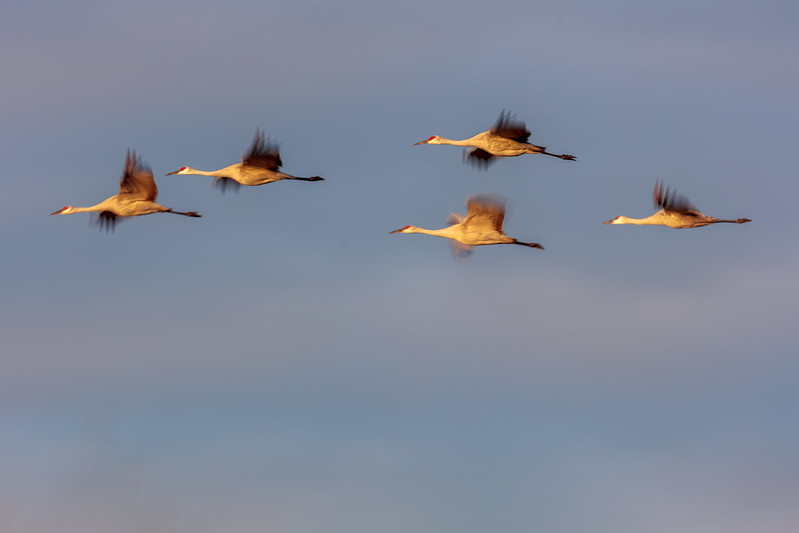Political polls can tell us a lot about people’s moods on important topics, but what kind of work goes into conducting these polls? The head of the Marquette Law School Poll joins us to talk about the methods behind polling, and what the numbers mean. We also learn about Fall bird migrations, and unpack Governor Walker’s proposal to eliminate federal labor unions if elected president.
Featured in this Show
-
Governor Scott Walker is calling on the legacy that first thrust him into the national spotlight in a bid to reinvigorate his presidential campaign. As a new CBS poll shows Walker at just 3 or 4 percentage points in all three early primary states, he is proposing a federal labor policy familiar to Wisconsinites.
Think Act 10 on steroids. According to a plan he’s announcing Monday in Las Vegas, a Walker administration would abolish federal labor unions, create a “Right to Work” standard nationwide, and eliminate the National Labor Relations Board. Matt DeFour of the Wisconsin State Journal discusses.
-
Fall Bird Migration In Wisconsin
Bird migration is under way in Wisconsin. An expert from the Department of Natural Resources discusses what birds can be spotted in Wisconsin over the next few weeks as they make their way south.
-
How Exactly Does Political Polling Work?

Charles Franklin.With summer nearly behind us, the presidential primary races are in full force. The candidates are sparring in monthly debates and looking ahead to the February Iowa caucuses.
With so many candidates, particularly on the Republican side, it seems like every day a new poll comes out showing one candidate on the rise and another in decline. Even though it’s still early in primary election season, these polls have a significant impact on the race: For example, they dictate which candidates are invited take the stage during the prime time debates.
Charles Franklin, director of the Marquette University Law School Poll, answered a few basic questions Monday about how polls work and how changing technology has added some challenges to the process.
Why poll? What do we get out of having these presidential polls well before a single vote is even cast?
First of all, we get some insight into what the public is actually thinking. If we don’t have the polls, then what do we have? We have spin. We have what the campaigns want to tell us they believe. Or we have reporters saying what they think is going on. If you think of the rise of Donald Trump right now, for example, if we weren’t doing polling, would we know that Trump had really surged the way he clearly has across many polls now? The other side is both the campaigns and the parties and the interest groups are doing their polling. They know what public opinion looks like on a variety of issues. If we don’t have public polls available to the entire public and to the media and subject to scrutiny, then it would only be the political players who have that information, not the public at large.
What is the first piece of putting a good poll together?
The first thing is drawing a sample that accurately represents the public. And what that means is doing that in a way that gives every person in the population an equal chance of being selected in. And the way we do that with telephone polls is, you can get a list from area codes and exchanges from the phone company, then you have a computer generate four digits so that every one of those numbers has the same chance of being selected. Put that together with the area code and exchange and dial it. And that’s the miracle that gives every number in the state an equal chance of being selected so that it’s not biased towards one region or another, or one demographic or another.
Do you include cellphone numbers in the mix?
It was a problem a good while ago when we all paid for a lot of money for every minute on the cellphone, but it’s not much of a problem now. In the Marquette Law School poll that I direct, we interview about 45 percent of respondents on their cellphones, and that’s true of almost all national media polls, as well as most good state polls. It is still a problem with so-called “robo polls” or automated polls, where a recording reads the questions and asks you to press 1 for Democrat and 2 for Republican, because federal regulations prohibit automated calls to cellphones. So as a result, those automated pollsters don’t cover cellphone and they try to substitute Internet-based polls for some of that. But that’s a little bit of a controversial practice at this point.
Are we getting better with online polling?
We’re improving. I wouldn’t say we’ve quite gotten to the point we’d like to be. Here’s the thing: It’s relatively easy for me to draw a poll of telephone numbers because every phone number is in the same format — an area code, an exchange and four digits. But there’s nothing like that that allows you to reach an Internet user. An email address, for example, doesn’t have that structure at all. So that means most Internet polls are based on volunteer samples — sometimes extremely large panels of several million people who have volunteered to do surveys on the Internet, but the very fact that they volunteered to do the survey means that they’re not a random sample of the population in the same way that my telephone numbers are a random sample of the population.
Some of the organizations doing Internet polling are exerting a lot of effort to get the science right and the statistical methodology right to make Internet polling reliable, and we had some pretty good success with it in the 2014 election cycle. Not quite as good, but not bad results in 2012. But I do think it is something of a work in progress. On the other hand, there are real advantages economically to doing polling on the Internet, and it may well be it’s where the future is leading. Other countries like Great Britain, for example, rely almost exclusively on Internet polling, though they of course had a bit of a disaster with all of their polls in a recent election.
Is it more challenging to conduct a poll in a primary system like the Iowa caucuses which features specific voting groups?
The Iowa caucuses are probably the single most difficult group to poll for a couple of reasons. First of all, turnout in the Iowa caucuses typically is about 5 percent of registered voters. So that is an incredibly small turnout, compared to say here in Wisconsin, where a low-turnout spring election typically has a 20 percent turnout. And when we get to a November general election, our turnout rate as a percentage of registered voters often hits 90 percent. So 5 percent turnout is incredibly tiny. It’s also hard this far out to have any idea of who will actually show up on a potentially very cold and stormy night in Iowa. Finally, on the Democratic side, it’s even more complicated because Democrats vote in the Iowa caucuses in multiple rounds. You have an initial vote, and if your candidate doesn’t get enough votes, they won’t get any delegates, but you now have a chance to join in a coalition with one of the other candidate’s supporters.
Is polling more difficult to conduct with a large group of candidates?
It’s certainly a complication. In our Marquette poll in August, we had to go through all 17 names. It would bias the poll if we only asked, say, the top 10 candidates, and then just said, ‘Well, would you vote for somebody else?’ So we do list all of the names. But it does limit things. For example, we might want to ask characteristics of the candidates, or if voters have a favorable or unfavorable opinion of the candidates. Going through 16 or 17 Republicans — and let’s not forget four, five, or six Democrats — takes a lot of time in a survey. So in that sense, it certainly makes the pollsters’ budgets, time and money budgets much more difficult to get through. On the other hand, its a rich field of candidates, and I think we have, in fact, seen some interesting variation across them in the polling that’s been done this year. So to that extent, it’s probably worth the effort to go ahead and ask about them.
Episode Credits
- Rob Ferrett Host
- Veronica Rueckert Host
- Galen Druke Producer
- Amanda Magnus Producer
- Matthew DeFour Guest
- Ryan Brady Guest
- Charles Franklin Guest
Wisconsin Public Radio, © Copyright 2025, Board of Regents of the University of Wisconsin System and Wisconsin Educational Communications Board.

